1. Free Refills Everywhere
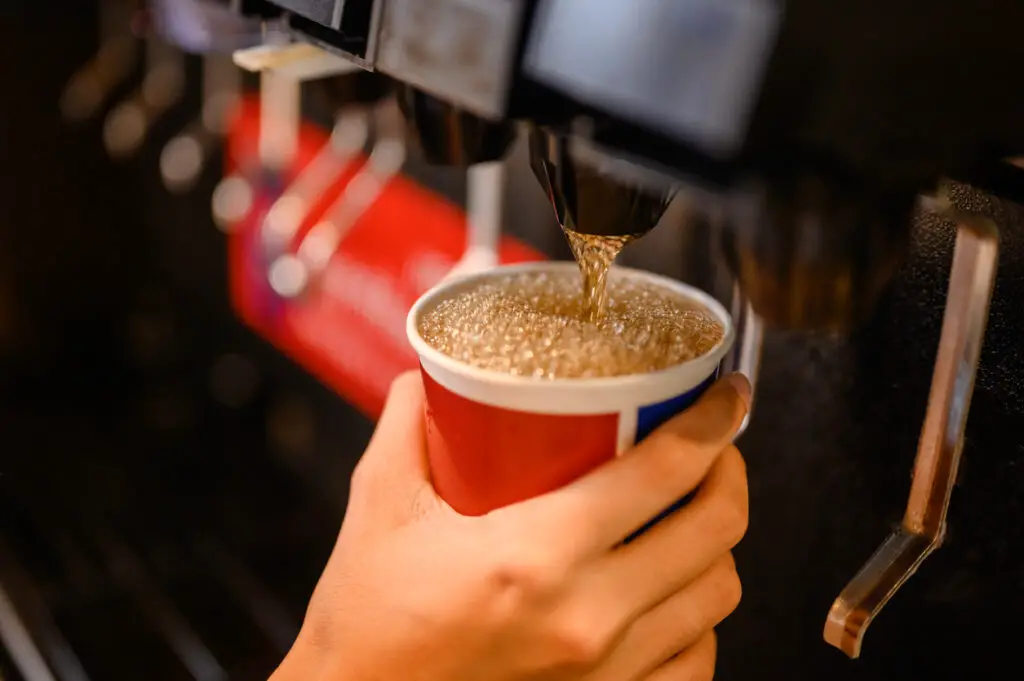
If you order a soft drink at an American restaurant, chances are you’ll only be paying once—because refills are usually free. Many foreigners are shocked by this since in most countries, each drink is a separate charge. It’s almost like a little magic trick when the server swoops in and tops off your glass without you even asking. Even coffee gets this bottomless treatment at many diners, making caffeine lovers very happy shares BuzzFeed.
But in other places, drinks are more expensive, and free refills would mean businesses lose money. Some visitors even try to decline a refill, thinking they’ll be charged, only to be reassured it’s all part of the deal. This generosity can feel bizarre if you come from a culture where every sip has a price. But in the U.S., it’s just another way to keep customers happy—and hydrated.
2. Over-the-Top Customer Service

Step into an American store, and you’ll probably be greeted with a cheerful “Hi, how are you?” from an employee. This level of friendliness can be startling for people from countries where customer service is more reserved. Some even assume the enthusiasm is fake or that the employee is expecting a tip. In reality, it’s just standard practice in the U.S., where businesses prioritize a welcoming atmosphere says Forbes.
It doesn’t stop at greetings either—servers constantly check in at restaurants, cashiers ask about your day, and store associates offer help before you even know you need it. While Americans find it normal, some foreigners just want to be left alone to shop or eat in peace. But in a country where tips are a big part of wages and businesses compete for loyalty, a smile and some small talk are part of the package.
3. Ice-Cold Drinks in Any Weather

If you ask for water in the U.S., expect it to come with a mountain of ice. Americans love their drinks freezing cold, no matter the season. This can be confusing for visitors from countries where drinks are often served at room temperature or just slightly chilled. Some even find it a little painful on the teeth, especially if they’re not used to it shares Reader’s Digest.
The obsession with ice goes beyond water—sodas, teas, and even some alcoholic drinks are loaded up with it. Some foreigners have to specifically request “no ice” to avoid getting a watered-down version of their beverage. While it might seem excessive to outsiders, Americans just find an icy drink refreshing, even in the dead of winter adds Newsweek.
4. Cheerleaders at School Sporting Events
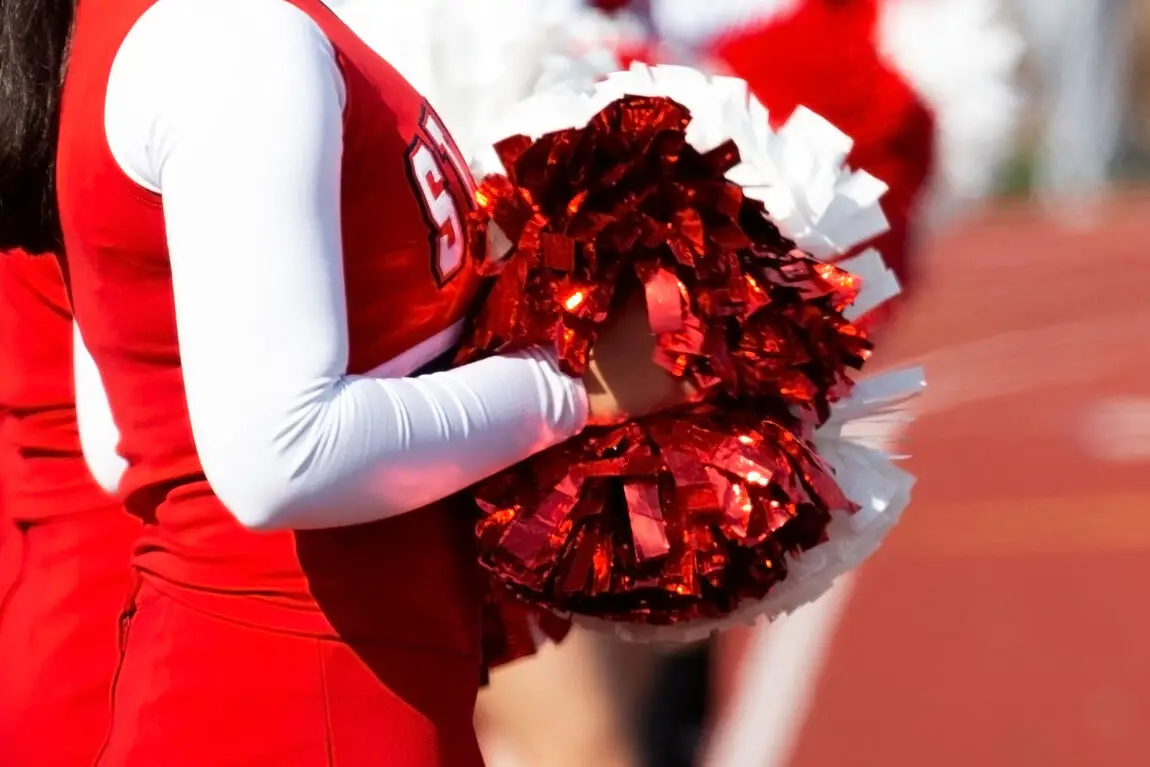
High school and college sports in America aren’t just about the game—there’s an entire show around them, complete with cheerleaders. The sight of students in matching uniforms doing choreographed routines might seem straight out of a movie, but it’s a very real tradition. Cheerleading isn’t just for fun either—it’s a competitive sport with national championships and scholarships. To Americans, it’s a normal part of school spirit, but to foreigners, it can seem a bit theatrical.
In many other countries, school sports exist but don’t have the same level of fanfare. There aren’t massive pep rallies, marching bands, or cheer squads leading chants in the stands. Visitors are often amazed at how seriously Americans take their school sports culture. But in the U.S., it’s just another way of building community and school pride.
5. Drive-Thru Everything
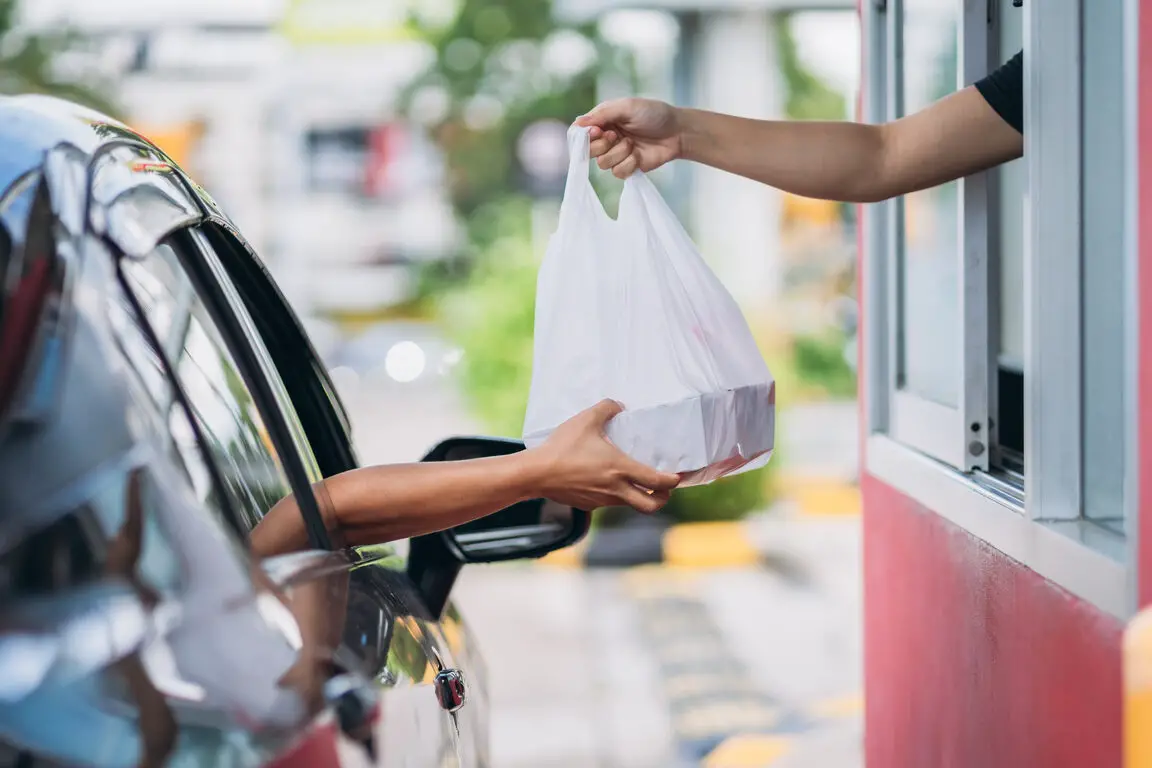
Most people associate drive-thrus with fast food, but in America, you can stay in your car for almost anything. Pharmacies, coffee shops, banks, and even wedding chapels offer drive-thru service. For many visitors, the idea of picking up prescription medication without ever stepping inside a store is mind-blowing. In some places, you can even grab a gallon of milk or deposit a check without unbuckling your seatbelt.
This convenience-focused culture is a reflection of how much Americans value efficiency. With busy schedules and long commutes, getting things done without leaving the car just makes sense. While some foreigners prefer a more personal touch, Americans love the speed and ease of a drive-thru experience. It’s a lifestyle choice that might seem odd at first but is hard to resist once you get used to it.
6. Taxes Added at Checkout

Foreigners often do a double-take at the register when their total is higher than the price tag. That’s because in the U.S., sales tax isn’t included in the listed price—it’s added at checkout. This can be frustrating for visitors who are used to knowing exactly what they’ll pay upfront. In some cases, the tax varies by state or even by city, making things even more confusing.
Americans don’t think twice about it since they’ve been doing the mental math for years. But tourists often find themselves fumbling for extra change or feeling caught off guard by the final bill. It’s one of those quirks that seems unnecessarily complicated to outsiders. Yet for Americans, it’s just another part of the shopping experience.
7. Super-Sized Portions

If you’re used to smaller, more modest meal sizes, an American restaurant can feel overwhelming. Plates are often piled high with food, and drink cups are big enough to double as small buckets. Many foreigners are shocked at just how much is served, sometimes enough for two or three people in other countries. It’s no wonder that takeout boxes are a common sight at American tables.
The love for big portions is tied to the idea of value—more food for your money feels like a better deal. While some visitors appreciate the generosity, others find it excessive or wasteful. But in the U.S., a large meal is just another way of making sure you leave satisfied. If you can’t finish it all, there’s always tomorrow’s leftovers.
8. Celebrating Halloween Like a National Holiday

While Halloween exists in other countries, nowhere does it quite like the U.S. Americans go all out with elaborate costumes, massive trick-or-treating events, and entire neighborhoods covered in decorations. Some foreigners are surprised at how seriously adults take the holiday, planning costumes months in advance. And for kids, collecting a pillowcase full of candy is practically a rite of passage.
It’s not just about the 31st either—haunted houses, pumpkin patches, and scary movie marathons stretch Halloween into a month-long event. Visitors often find the enthusiasm contagious, even if they’ve never dressed up before. While other places have their own spooky traditions, America’s version of Halloween is a full-blown spectacle.
9. Tipping for Almost Everything
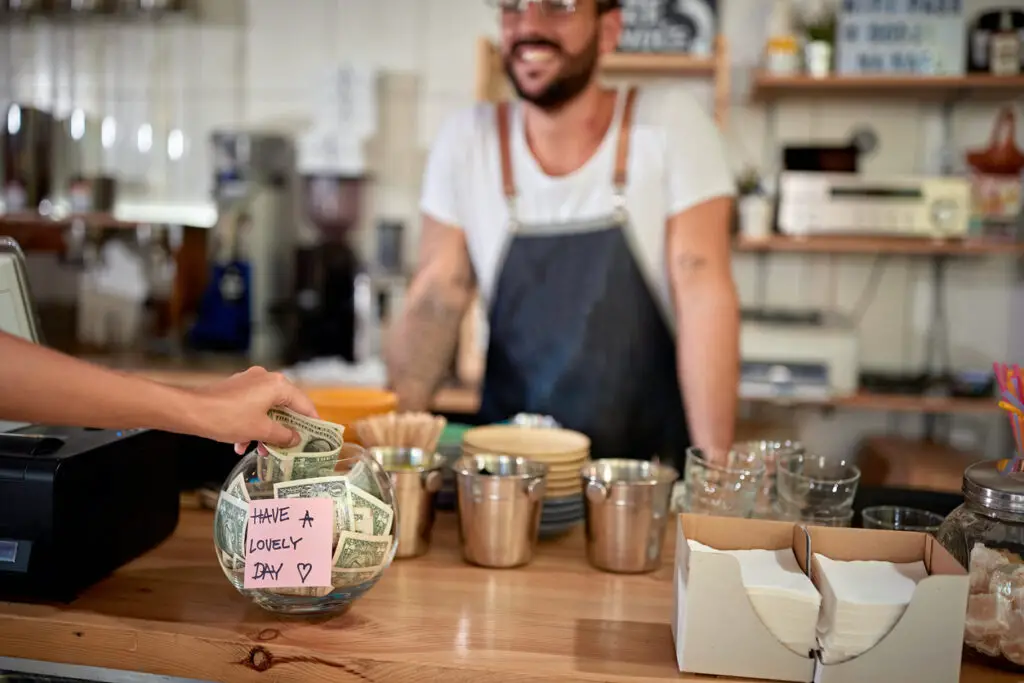
In many countries, tipping is minimal or even nonexistent, so America’s tipping culture can be overwhelming. Visitors often struggle to figure out when and how much to tip—servers, baristas, hotel staff, even hairdressers expect a little extra. What’s even more surprising is that some workers rely on tips as a major part of their income. Unlike in other places where service charges are built in, in the U.S., tipping is seen as a way to reward good service.
Many foreigners find it stressful, especially with digital payment screens suggesting tips as high as 25%. Americans, on the other hand, instinctively know when to tip and how much. For visitors, it takes some getting used to, but in the U.S., it’s just part of the dining and service experience.
10. College Sports Rivaling Professional Leagues
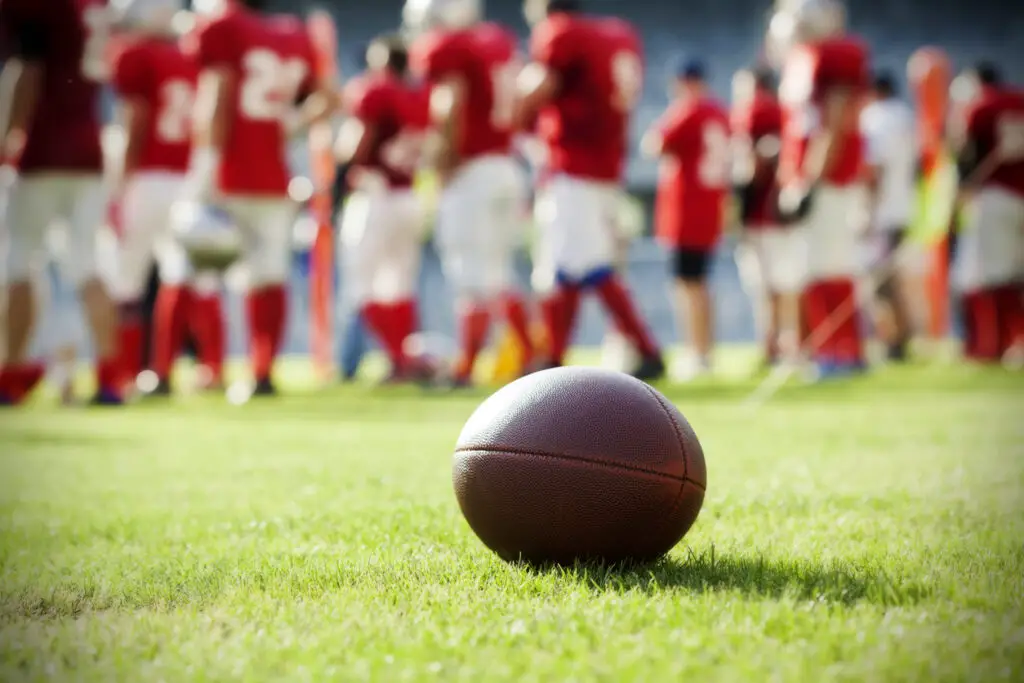
In America, college sports aren’t just about students—they’re a huge national event. Stadiums fill with thousands of fans, and major games are broadcast on national television. Some foreigners are stunned by the level of passion, as many countries don’t treat university athletics with such intensity. The rivalries can get just as heated as professional leagues, with generations of families staying loyal to their team.
In some cases, college football coaches even earn more than professors or government officials. To Americans, it’s completely normal, but to outsiders, it can seem excessive. While it might not make sense to everyone, for many in the U.S., college sports are just as important as the pros—sometimes even more so.
11. Calling Everything “How Are You?”

If you walk into a store in the U.S., don’t be surprised if a cashier or stranger asks, “How are you?” But here’s the catch—they don’t actually expect an answer beyond “Good, thanks.” Many foreigners take this question literally and start explaining how they’re actually feeling, only to be met with confused looks. In America, this is just a standard greeting, not an invitation for deep conversation.
It’s part of the friendly but often surface-level politeness Americans are known for. Visitors used to more formal or reserved cultures might find it strange to be casually asked about their well-being by total strangers. But in the U.S., it’s just a way of acknowledging someone’s presence without expecting a full conversation. Think of it more like a verbal handshake than a real check-in.
12. Grocery Baggers Packing Your Groceries for You
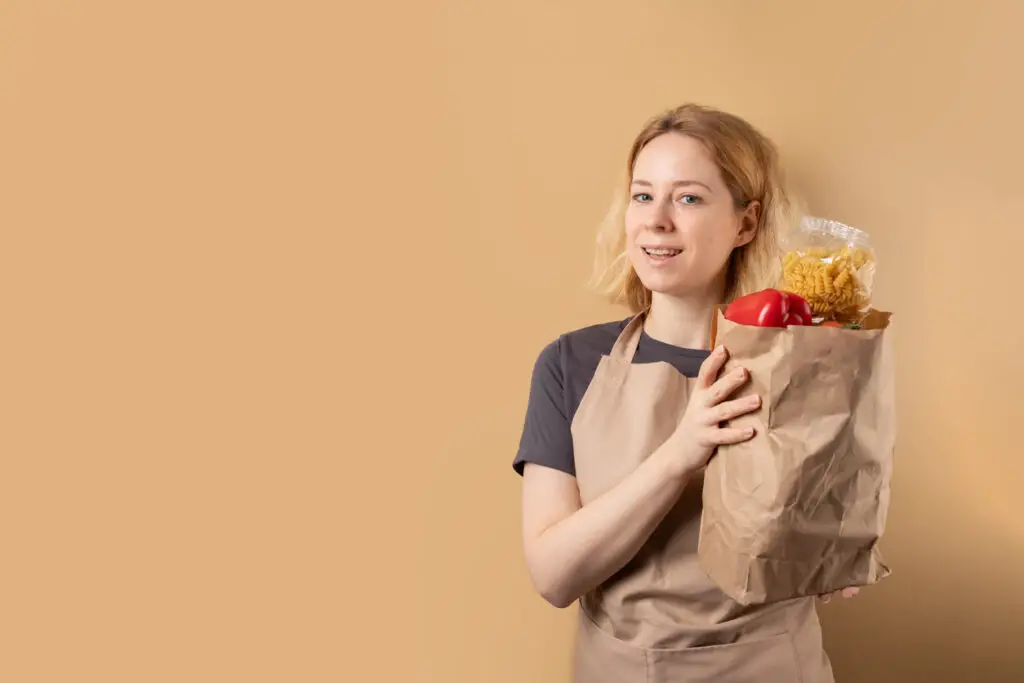
In many American grocery stores, there’s a person at the end of the checkout line whose job is to bag your groceries. For foreigners used to packing their own bags, this can feel unnecessary or even uncomfortable. Some instinctively reach out to help, only to be told, “I’ve got it!” Baggers work quickly, organizing items in a way that (hopefully) keeps bread from getting crushed and eggs from breaking.
This level of service can be a pleasant surprise, but it also confuses visitors from places where customers handle their own bags. Some even feel awkward about someone else doing a task they’re used to handling themselves. But in the U.S., it’s considered normal, and many baggers rely on tips as part of their income. So, if you’re visiting and get your groceries packed for you, just smile and say thanks!
